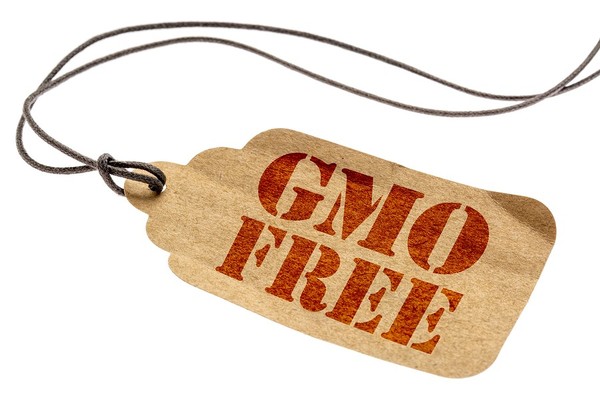Consumer centricity in food packaging design is nothing new because brands have designed packages to appeal to the shopper for decades. In more recent years, however, the so-called clean label concept has gained significant traction with the American public.

The clean label movement is a consumer-driven push for label transparency and ingredient lists that contain simple, easy-to-recognize ingredients. The clean label has little or no artificial ingredients, preservatives, or synthetic substances. What exactly “clean label” means is determined by consumers, food service companies, grocery chains, and restaurants, some of which have created lists of ingredients they consider unacceptable. Here are six reasons consumer-centric package design now includes clean label strategies.
1. Because People Equate “Healthy” with Lack of Preservatives and Artificial Ingredients
Forty-seven percent of consumers look at ingredient lists when making their food purchase decisions, and to them, “healthy” means little to no artificial ingredients or preservatives. Consumers also equate the adjective of “natural” to mean that no additives and preservatives are present. These consumer sentiments play right into the clean label concept, and brands are wise to take advantage of this in their food packaging designs.
2. Because Labels Like “GMO-Free,” “Organic,” and “Gluten-Free” Stand Out on Shelves
It is not easy to make products stand out on store shelves. Brands currently like using things like matte finishes on product packaging, clear panels, eye-catching graphics, and photos of healthy foods to help their products catch consumers’ eyes. While long-used designators like “New and improved” attract less attention than they once did, designations like “GMO-free,” “Organic,” and “Gluten-Free” attract the attention of today’s clean label-oriented consumer.
3. Because More Educated, Higher-Income Consumers Look for Clean Label Indicators
One interesting fact turned up by the 2016 Food and Health Survey by the International Food Information Council Foundation is that the people who are likeliest to search for clean label indicators on food packaging designs are people who are better educated and who have higher incomes. Women, too, were prominently represented among those searching for clean label products. Brands that want to attract these demographics (who often have more discretionary purchasing power) are wise to make their clean label attributes prominent in their food packaging designs.

4. Because People Want More Protein, Fiber, and Whole Grains
People trust nutritional information most if it is given by registered dietitians, their personal physician, U.S. government agencies, and health-oriented websites like WebMD.com. These sources, as well as articles, documentaries, and books on nutrition, have led more consumers to seek foods on store shelves that contain more protein, fiber, and whole grains. Again, it is women, college-educated, and higher-income consumers who are likelier to look for these product attributes.
5. Because People Want Less Sugar, Carbs, and Artificial Sweeteners
People also define “healthy” foods by what they do not have in them. In particular, consumers prefer it when products do not contain saturated fats, sugar, salt, refined carbohydrates, and cholesterol. Around one-quarter of consumers have actually changed their diets in the past year, primarily consuming more fruits and vegetables, in an attempt to consume more healthy foods and ingredients and to avoid unhealthy foods and ingredients.
6. Because Labeling Information Matters More at Stores than at Restaurants
People are still likelier to think of a restaurant meal as a splurge, and therefore they are less likely to worry about healthy attributes with restaurant foods than they are with the foods they buy to prepare at home. In other words, the person who is happy to indulge in something rich or fatty or sugary at a restaurant still wants to buy grocery store food that is healthy. Food packaging designs that make this easier to do will benefit.
Consumer-centric package design is a given, but what brands do with their food packaging designs to appeal to consumers changes over time. Today, it is all about the “clean label” listing recognizable ingredients and health labels that appeal to consumers’ desire to eat healthier. In many cases, it is the better educated, higher-income consumers who are most attuned to these attributes on food packaging designs, and brands that want to reach out to these consumers can benefit from calling out nutritional and health information on their packaging.
PKG Brand Design is always on the forefront of new CPG branding and packaging initiatives; please subscribe to our blog for the latest package design industry news!







